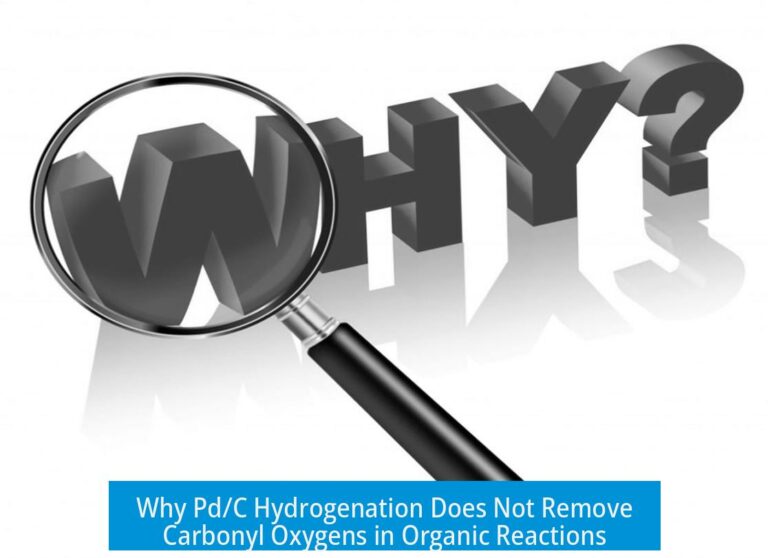What is the Canonical Order of Capping, Splicing, and Polyadenylation?
The canonical order of eukaryotic mRNA processing follows a defined sequence: first, the 5′ end of the nascent RNA is capped shortly after transcription initiation; next, splicing of introns occurs throughout transcription and after completion; finally, polyadenylation takes place post-transcriptionally, following 3′ end cleavage.
Introduction to RNA Processing
Eukaryotic pre-mRNA undergoes multiple modifications before becoming mature mRNA. These modifications increase RNA stability, enable nuclear export, and prepare the RNA for translation. The three primary processing events are capping, splicing, and polyadenylation.
Importantly, RNA processing happens co-transcriptionally—that is, while the RNA molecule is being synthesized by RNA polymerase II. This coordination ensures efficient maturation of the transcript. Understanding their order is crucial for grasping gene expression regulation.
Step 1: Capping Occurs First
The 5′ cap is the earliest chemical modification attached to the nascent pre-mRNA. As soon as the 5′ end emerges from RNA polymerase II, capping enzymes add a 7-methylguanosine residue. This occurs during the initial stages of elongation.
- Capping protects the RNA from exonuclease degradation.
- The cap aids mRNA recognition by the translation initiation machinery.
- Proteins involved in capping associate with the RNA polymerase during transcription initiation.
This immediacy signals the biological importance of the cap for RNA stability and subsequent processing events.
Step 2: Splicing Begins During Transcription and May Continue Afterward
Splicing removes non-coding introns from the pre-mRNA and ligates exons into the mature coding sequence. The spliceosome assembles on the RNA transcript as soon as intron and exon boundaries are transcribed.
This process is partly co-transcriptional. The spliceosome can identify splice sites almost immediately. It also continues post-transcriptionally until all introns are removed.
- Cotranscriptional splicing allows cells to rapidly process transcripts.
- Splicing influences mRNA export and translation readiness.
- Both the spliceosome and polyadenylation machineries interact, showing crosstalk and coordination.
Understanding splicing’s flexible timing helps explain diverse regulation depending on gene and cell type.
Step 3: Polyadenylation Follows Transcription Completion
After RNA polymerase II transcribes the entire gene and reaches the termination site, 3′ end processing begins. Pre-mRNA undergoes cleavage at the polyadenylation site, followed by the addition of a poly (A) tail.
The poly (A) tail serves multiple functions:
- Protects mRNA from degradation.
- Assists nuclear export of the mature mRNA.
- Facilitates translation initiation by interacting with specific proteins.
Polyadenylation occurs mainly after transcription completes. This ensures the RNA is full length before the tail is added.
Interaction and Timing Variability
Multiple studies indicate some flexibility in when splicing occurs relative to polyadenylation. While splicing usually precedes polyadenylation, certain introns may be excised later. Additionally, splicing and polyadenylation machineries communicate and influence each other’s efficiency.
Endogenous RNA modifications and editing can also modulate the timing and outcome of splicing, demonstrating the complex regulation of RNA processing.
Summary Table of the Canonical Order
| Processing Step | Timing Relative to Transcription | Main Function |
|---|---|---|
| Capping | Immediately after transcription initiation, during early elongation | Protects 5′ end, aids ribosome binding |
| Splicing | Mostly during transcription (co-transcriptional), extends post-transcriptionally | Removes introns, joins exons |
| Polyadenylation | After transcription ends and 3′ end cleavage | Adds poly (A) tail for stability and export |
Key Takeaways
- Capping is the first mRNA processing step, securing the transcript’s 5′ end early during synthesis.
- Splicing is dynamic, beginning during transcription and continuing afterward, removing introns efficiently.
- Polyadenylation occurs last, closely linked to transcription termination and 3′ end cleavage.
- There is interplay between splicing and polyadenylation that can vary with transcript and cell type.
- Co-transcriptional RNA processing highlights the tight integration between transcription and RNA maturation.
References
- Molecular Biology of the Cell, Sixth Edition, Chapter 6
- Shine M et al., Nat Rev Mol Cell Biol, 2024
- Saldi T. et al., Mol Cell, 2021
- Kaida D., WIREs RNA, 2016
What is the first step in the canonical order of RNA processing?
The first step is capping. It occurs almost immediately after the 5′ end of the pre-mRNA emerges from RNA polymerase II during early transcription. This cap protects the RNA and aids in translation.
When does splicing occur in relation to capping and polyadenylation?
Splicing starts soon after splice sites are transcribed, often co-transcriptionally. It usually happens after capping but before polyadenylation, though some splicing can occur post-transcriptionally.
At what stage does polyadenylation take place during mRNA processing?
Polyadenylation happens last, after transcription finishes and the 3′ end of the pre-mRNA is cleaved. A poly(A) tail is added then to protect the mRNA and assist in transport and translation.
Can splicing and polyadenylation overlap or influence each other?
Yes. Splicing can occur before or after polyadenylation. There is crosstalk between the splicing and polyadenylation machinery, which can vary between cell types and influence RNA processing outcomes.
Why is capping considered co-transcriptional?
Capping happens almost as soon as the 5′ end of the RNA emerges from RNA polymerase II. Proteins involved in capping bind early in transcription, modifying the nascent RNA while it is still being synthesized.




Leave a Comment